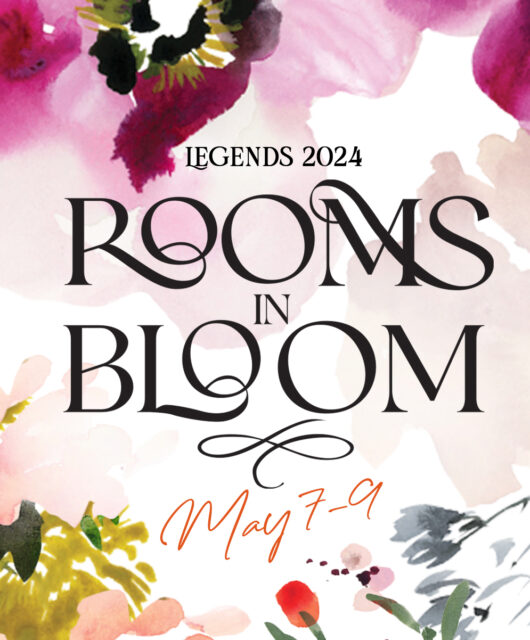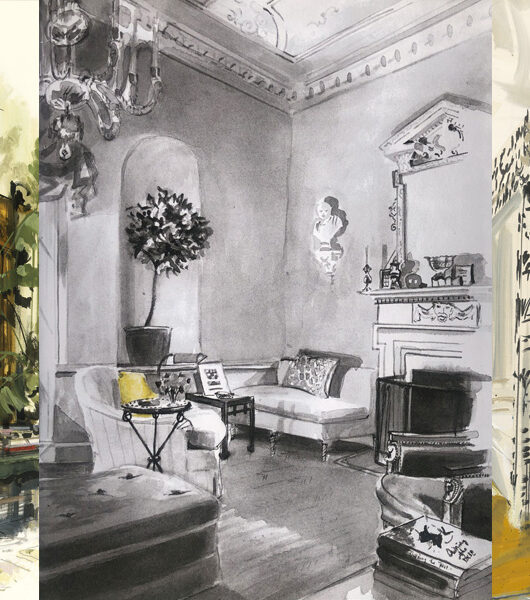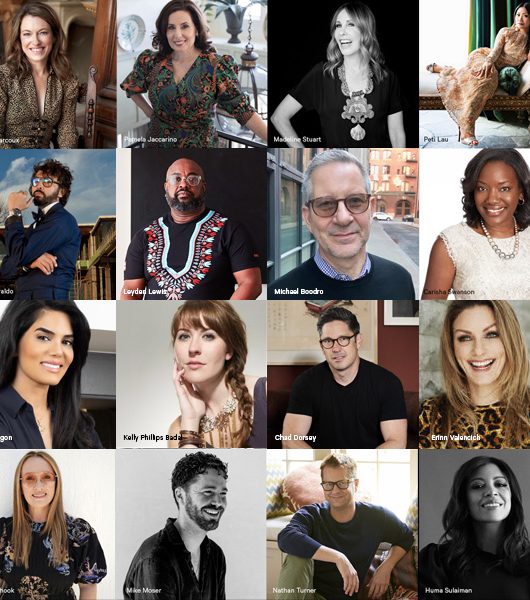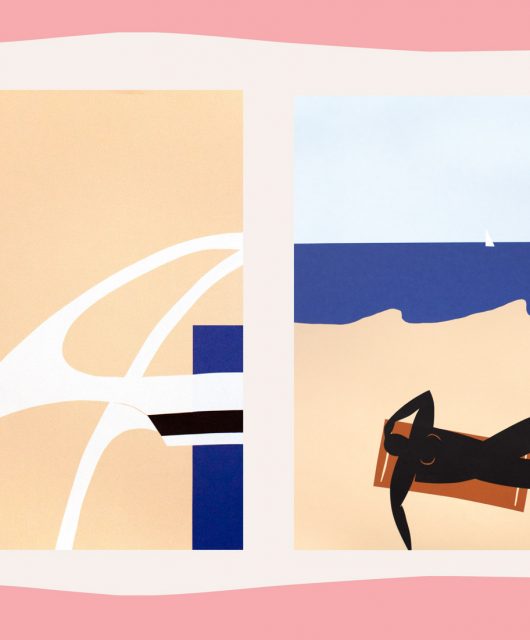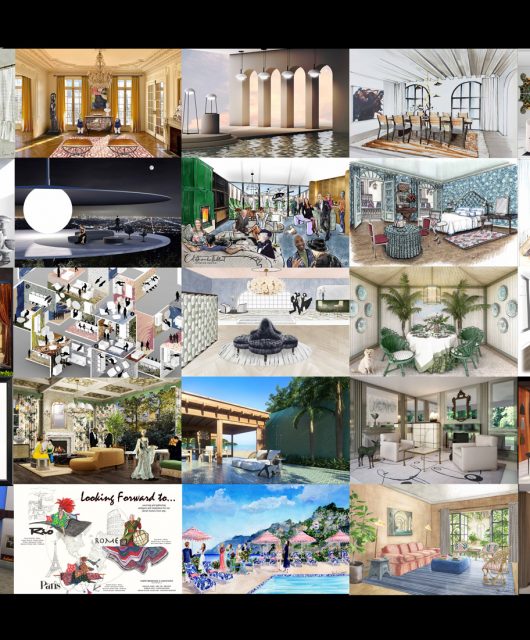Design Life: Timothy Corrigan
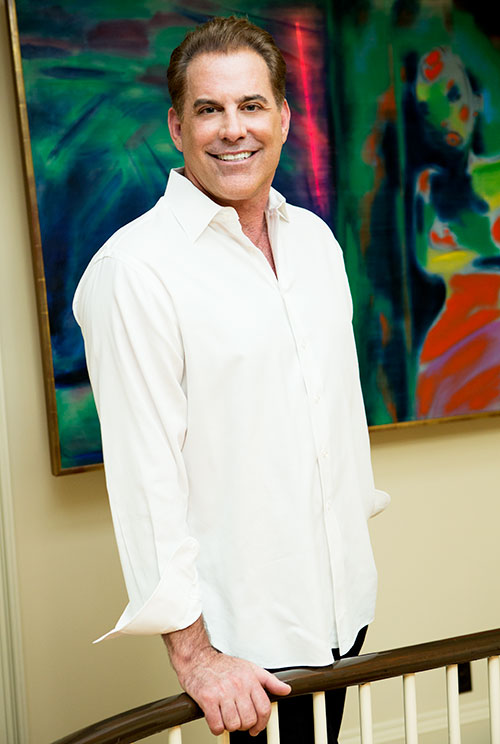
Timothy Corrigan has been a fixture on the architecture and design scene since he established his eponymous design firm in 1998, after a successful career in advertising. Now twenty years later, he is being honored by the Southern California Institute of Classical Architecture & Art (ICAA) this month for his many achievements and contributions to architecture and design.
Taking place at the landmark California Club in downtown Los Angeles, the event on Oct. 18 is a fitting tribute to the interior designer who has been dubbed “Today’s Tastemaker” by Architectural Digest and named to most of the world’s best designer lists, including the Elle Decor A-List, AD 100, Robb Report’s Top 40 and the Luxe Gold List.
Having grown up in California, Corrigan has offices in Los Angeles and in Paris, where he has an elegant pied-á-terre steps away from rue du Faubourg Saint-Honoré in Paris. And then there’s his country home, The Château de la Chevallerie à Arçonnay dans la Sarthe in the Loire Valley, which he just purchased this year and is painstakingly restoring. (It follows his heralded restoration of the Château du Grand-Lucé, which Corrigan wrote a book about in 2013.)
His suite of chic residences along with the many he has designed for clients from New York to London to Qatar showcase his masterful balance of traditional design with a verve for pushing boundaries. “I try not to let conventional notions of what a room should be dictate how it should be used,” says Corrigan. “I encourage my clients to do the same, preferring to let their lifestyle and desires shape what it will become.”
We were lucky enough to catch up with Corrigan before his big night to talk about his love of design, past, present, and future.
Why is keeping traditional elements alive important in a world that’s ever evolving?
“Since the beginning of time design has shifted from one style to another. Think about the shift from Art Nouveau to Art Deco in the early 20th century. But both of these styles derive from an earlier style like Louis XIV and Louis XVI. And this is true for all design. Therefore, it is absolutely essential to understand the antecedents from which all design is derived. Only through an awareness of classical art and architecture is one able to fully understand design and know when you are ‘breaking the rules.’”
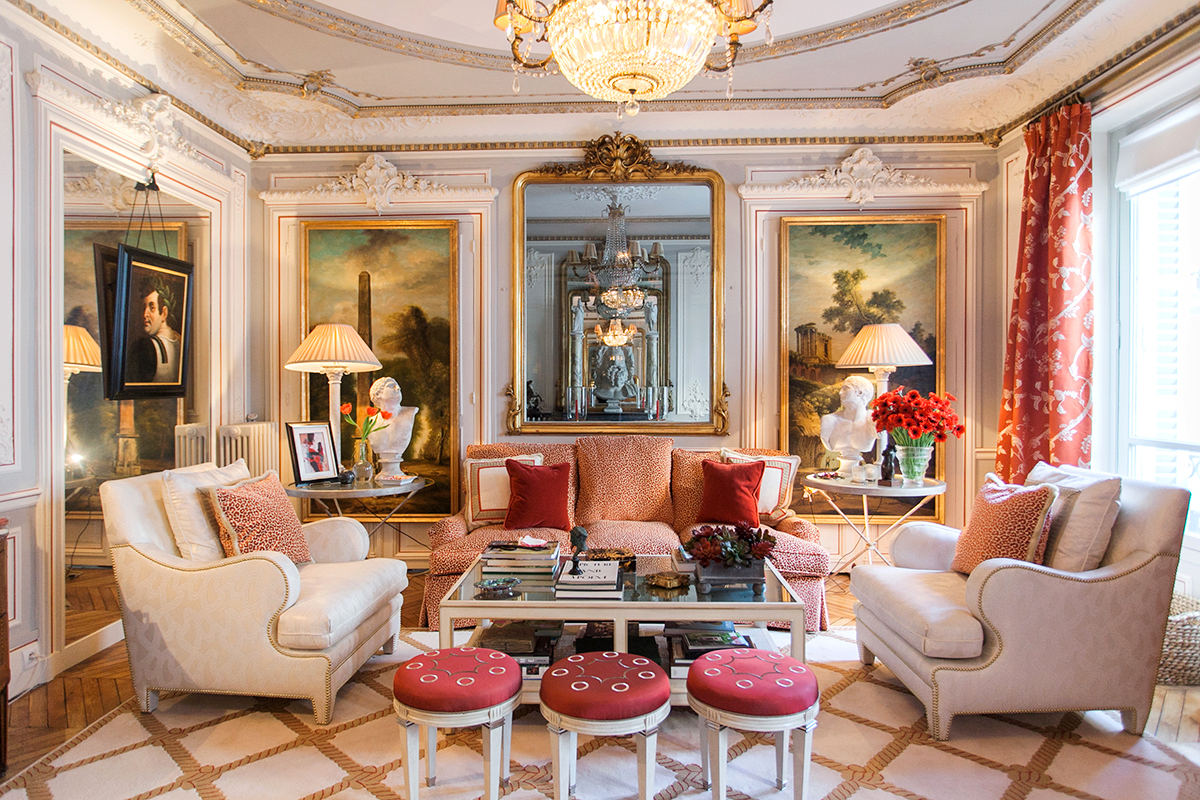
Photo by Marjorie Preval
Are there designers/architects that are particularly influential to you and your work?
“Jean-Charles Moreux and Henri Samuel are two designers whom I most admire. Moreux was an amazing renaissance man of a designer from the 1930 to 50’s who was an architect, furniture designer, interior designer and landscaper architect. His designs drawn from the classics but were very much of his own time as well. Henri Samuel was a great master of design from the second half of the 20th century. He is best known in America for having redone the White House for Jackie Kennedy but he worked his magic all around the world and made classic style current and chic. I was lucky enough to have once owned a chateau that had originally been designed by Samuel and you could still see his touch. Finally, Jean-Charles Bestegui, who was one of the great tastemakers and collectors of the 20th century, has tremendously influenced me. He created the most amazing set of interiors and follies at his Paris apartment by Le Corbusier, at his chateau outside of Paris with help from Cecil Beaton and Emilio Terry and at his over-the-top palazzo in Venice. He had an eye for talent and the courage to do what had not been done before.”
“One of the most important things that one learns from classical design is the importance of a harmonious environment.”
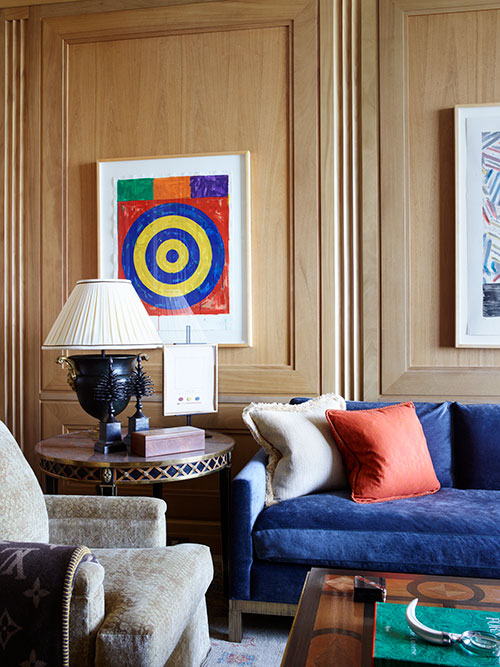
Photo by Simon Upton
You documented your design philosophy through the renovation of Château du Grand-Lucé in the Loire Valley. How do personal spaces inform your overall design and vice versa?
“I try not to let conventional notions of what a room should be dictate how it should be used. When it came to decorating all four of my previous chateaux, I left traditional expectations at the door. With my new chateau, Chevallerie, I am trying some new things in terms of color and use of materials that will feel different and somewhat unexpected.”
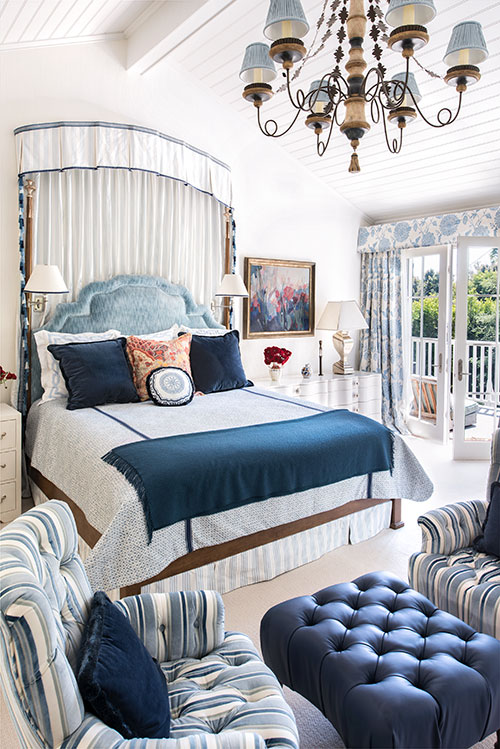
Photo by Amy Barnard
Are there classical elements/lessons that one can use to elevate their design—no matter the space or budget?
“Architectural details, such as moldings, cabinetry, plasterwork and flooring, are the most obvious way to add classical elements to a space. If you are working on a budget, or are constrained by the existing architecture, creating symmetry with your furniture placement and accessories is an easy way to achieve a more harmonious environment. One of the most important things that one learns from classical design is the importance of a harmonious environment.”
“Only through an awareness of classical art and architecture is one able to fully understand design and to know when you are ‘breaking the rules.’”
Can you share any new projects you are excited about?
“I am really excited about the recent launch of my Chevallerie Collection of passementerie for Samuel & Sons, which was inspired by the ornamentation of the 18th century Château de la Chevallerie that I recently acquired in the northern border of France’s Loire Valley. Fromental has just released three new patterns in my ‘Les Folies‘ collection. All three of the designs are based on classical art and architectural concepts. I am currently working with Perennials on a collection of 100% solution-dyed acrylic fabrics and handmade rugs. We also have some new fabric designs for Schumacher, which will be coming out in Summer 2019. Finally, I’m very excited about my next book for Rizzoli, which will be published in Fall 2019. As you can see, I don’t get to sleep much!”
Shopping with Timothy Corrigan
When he isn’t traveling and working on his many projects, Corrigan loves to browse the array of showrooms and shops in the La Cienega Design Quarter. Here are a few of his favorite design sources.
“There are so many great shops, that it’s like asking to choose a favorite child! Harbinger, Mansour, Dragonette Ltd and Reborn Antiques are perennial favorites.”
See a full guide to shopping the LCDQ here.

